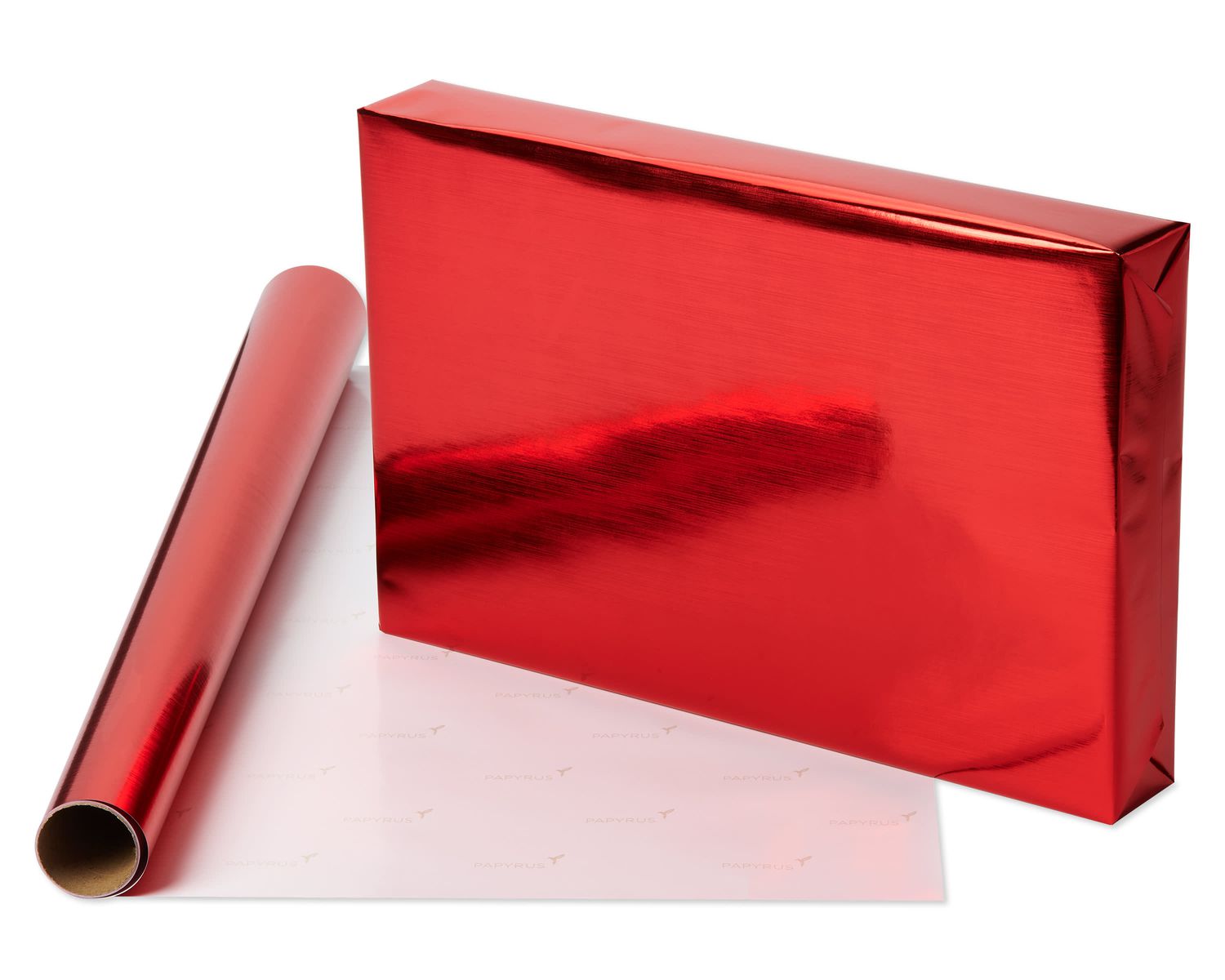


Much of the work in the field consists of piecing together fragments of papyrus of Egyptian, Greek and Latin texts, often using the handwriting of individual scribes as the primary clue.

The largest papyrus collection in the world is at the Ashmolean Museum at Oxford. There is a such a thing as a field of papryology. A ''volume'' (from the Latin volumen) literally means ''a thing rolled up.'' Michael Schmidt, the author of books about poets and director of the Writing School at Manchester Metropolitan University in England, has Schmidt has noted that the fine grain of papyrus promoted the development of writing because it gave ''the ability to vary letter-forms.'' Many modern words for books descend from antiquity, when papyrus scrolls - some up to 100 yards long - were used for storage. The Egyptians built papyrus libraries in 3200 B.C. Black ink was made from lampblack and water. Scribes used a palate with a slit for storing styli and separate wells for red and black ink. The ancient Egyptians wrote with reed styluses that were not all that different from quill pens used until the 19th century. Papyrus is light and strong and ideal for writing on. Ostraca was a kind of papyrus made of left over stone chips. Strong enough to endure for millennia and be discovered by archaeologists, papyrus is thicker and heavier than modern paper but good quality and good for writing. 28, plates p.28-9.Papyrus Harrageh Unlike the Mesopotamians who wrote on clay tablets, the Egyptians wrote on papyrus, a brittle paper-like material made from reeds of Nile sedge (a grass-like plant), which were moistened, pounded, smoothed, dried, and pressed woven together like a mat. Treasures from The British Museum, Santa Ana and London 2005, p. Strudwick, Mummies: Death and the Afterlife in Ancient Egypt. Billing, Nut the Goddess of Life, USE 5 (2002), p. Mosher, Catalogue of the Books of the Dead in the BM: The Papyrus of Hor, (2001), p.80 n.25. Nicholson and Shaw, Ancient Egyptian Materials and Technology (Cambridge 2000), p. Pinch, Magic in Ancient Egypt (London 1994), fig.9 James, 'Egyptian Painting' (London, 1985), p. Hughes, Richard Smith, The vignettes in the Greenfield Papyrus in the British Museum (BM EA 10554): the Book of the Dead of Nest-ta-nebt-ashru (950-930 BC). Wallis, The Greenfield papyrus in the British Museum: the funerary papyrus of Princess Nesitanebtashru, daughter of Painetchem II and Nesi-Khensu, and priestess of Amen-Ra at Thebes, about B.C. This scene became a common one on papyri and coffins in the 21st Dynasty, for the process of creation which it depicts was closely linked in the minds of the Egyptians with the renewal of life for the dead.īudge, E. Nestanebetisheru herself kneels at the right, raising her hands in adoration her 'ba'-spirit imitates her gesture, and a group of gods accompany her. She is supported by a third key-figure, Shu, god of the atmosphere, who is aided in his task by two ram-headed deities. Her feet touch the ground at the eastern horizon and her fingers at the western horizon. Geb is shown as a semi-recumbent figure stretching out his limbs while the elongated body of Nut arches above him. According to mythology, this occurred when the sky goddess Nut was raised aloft to form a heavenly canopy above the earth, personified as the god Geb. This scene is a symbolic representation of the creation of the world. Many of the spells included on her papyrus are illustrated with small vignettes, and besides these there are several large illustrations depicting important scenes. As a member of the ruling elite at Thebes, she was provided with funerary equipment of very high quality. It was made for a woman named Nestanebisheru, the daughter of the high priest of Amun Pinedjem II. Originally, over thirty-seven metres in length, it is now cut into ninety-six separate sheets mounted between glass. Curator's comments The "Greenfield Papyrus," is one of the longest and most beautifully illustrated manuscripts of the 'Book of the Dead' to have survived.


 0 kommentar(er)
0 kommentar(er)
